- Joined
- Aug 4, 2008
- Messages
- 15,692
risingsun said:RD~thank you for the identification. Which stone is "slushy" and which is "crushed ice?" To my eyes, the Daussi seems to be very open and "flat" in appearance, while the radiant has many more facets/virtual facets. I can't speak to the brightness, as that is currently under contention, but the two stones are very different. Hence, my interest in which one is "slushy" and which one is "crushed." I understand the concept of crushed ice, but slushy is a term a don't understandRD and/or others are welcome to explain.
ETA: this is for my own education. I don't have a horse in this race
Your not the only one being confused by the terms being thrown around.
multiple people are using them in different ways and for different things.
9 pages and no one is on the same page to even begin to discuss things.

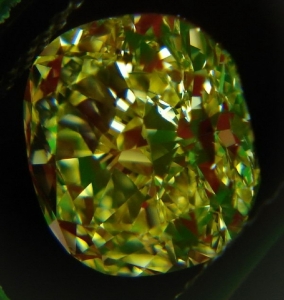
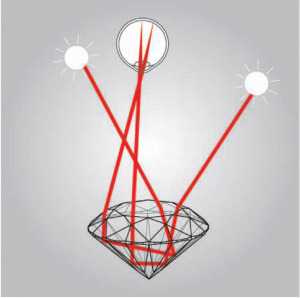
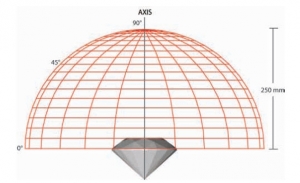
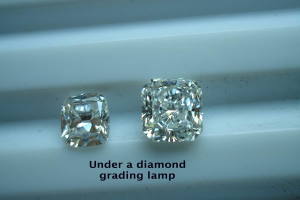
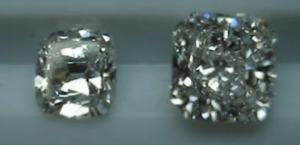


300x240.png)